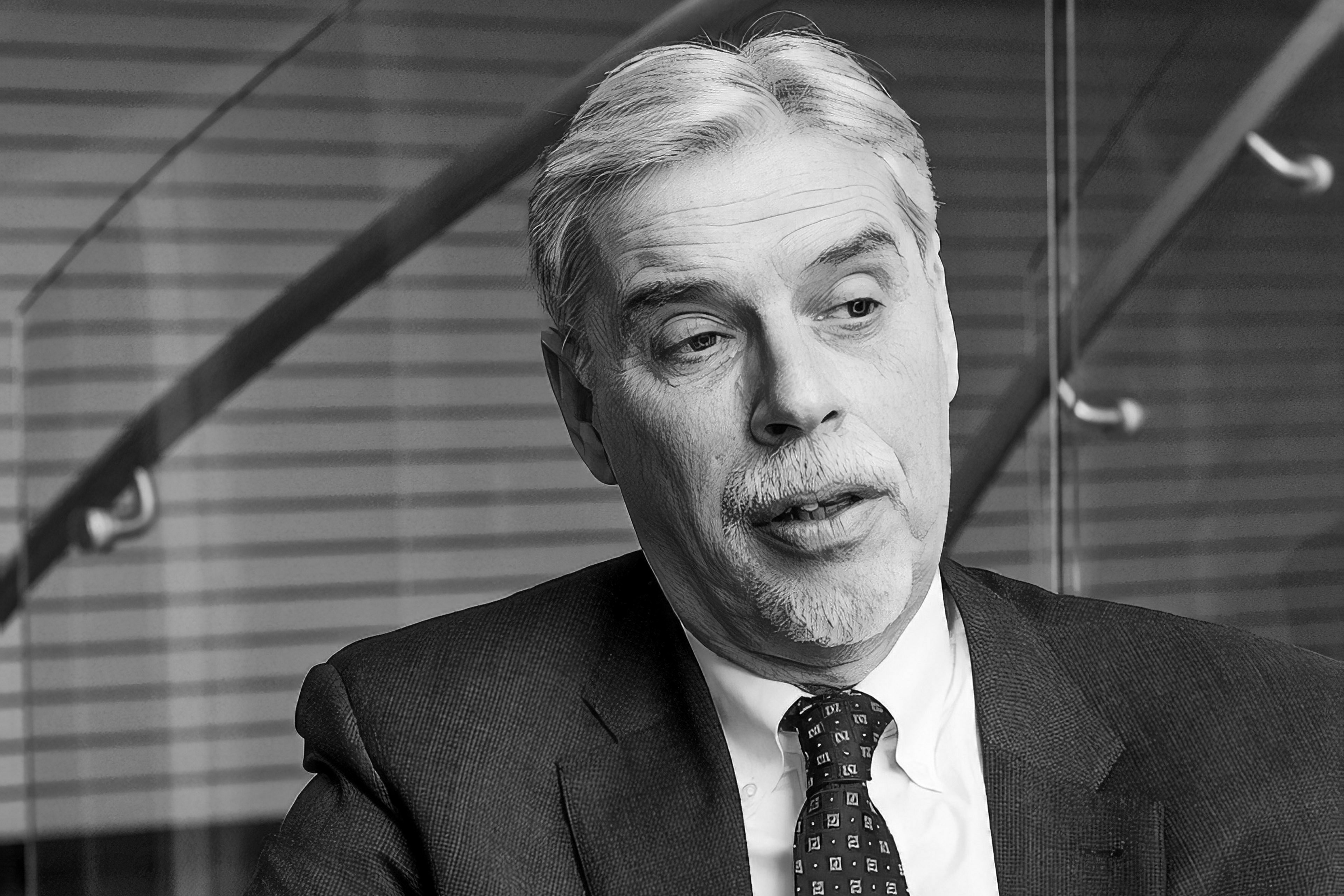Impact of automation
Complex processes and rules are often an ideal candidate for automation, and this includes the digitalization of tax administration around the world. This will have consequences for VAT/GST compliance.
“Tax authorities are capturing the details of purchase orders, invoices, payments and the like – if not in real time, then something close to it,” says Tracey Kuuskoski, our Leader of APAC Digital Indirect Taxes, who is based in Singapore. “They will have a clear window into VAT/GST collections, payments and refunds.”
While higher degrees of automation would be a win for taxpayers, lowering their VAT/GST compliance costs and streamlining the VAT refund process, in many cases, result in refund benefits being slow to arise, according to Kuuskoski. That’s because many of the countries that are moving the most rapidly from archaic to fully automated systems are emerging markets. Such nations will tend to have priorities other than paying VAT/GST claims, says Kuuskoski.
For example, in many cases, jurisdictions have been unable to resist holding on to such revenue, according to Keen. Closely related, he says many jurisdictions “are still developing the resources, skills and structures needed for their budget systems to properly manage VAT refunds.”
“Rather than set aside a portion of VAT/GST collections for eventual refunds, the risk is that the money gets spent as it rolls in,” Keen says.
For now, rather than use newfound automation to accelerate and streamline VAT/GST claims, these nations will instead use all the new data they have at their fingertips to look for ever more sophisticated ways to initiate new reasons for audits, says Kuuskoski.
“Delays will continue – at least until we reach some kind of new equilibrium,” says Kuuskoski. Keen notes there will never be an era of perfect compliance and the elimination of fraud. Even greater automation is no cure-all.
“There are loads of creative people out there looking for the next chink in the armor,” says Keen. No matter how much technology is in use, there will be new weaknesses, and they will be exploited.
But progress is being made. Keen says that the IMF and others are doing their best to help national tax authorities the world over to improve their budgeting and planning processes and show how that makes them more attractive centers for business, thus improving their economies. This in turn will lead such countries to be more open, fair and fast in dealing with VAT/GST credits and refunds.
“Hopefully, it’s a compelling enough argument,” says Keen.
Key action points
- Review VAT/GST regulations in all nations where your business has significant operations to confirm up-to-date understanding
- Review internal processes for identifying and documenting VAT/GST credits from purchases and VAT/GST payments from sales
- Review compliance with documentation requirements and credit/refund procedures. Make certain all of those who might have an impact on VAT/GST processes – particularly suppliers and various internal groups – are able to supply the tax team with the needed documentation in a timely manner
- Apprise key executives responsible for decisions involving location, shipping, invoicing, etc., of the key issues for VAT/GST optimization
- Where VAT/GST credits/refunds are not significant enough to warrant investment in upgraded processes, consider hiring a third-party specialist agent





